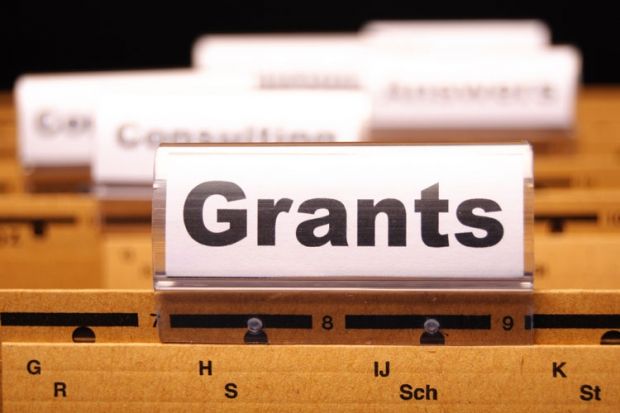National Institute for Health Research
Public Health Research programme
- Award winner: Ruth Dundas
- Institution: University of Glasgow
- Value: £432,390
Evaluation of the Healthy Start voucher scheme in the UK: a natural experiment using the Growing Up in Scotland record linkage study and the infant feeding survey
Health Services and Delivery Research programme
- Award winner: Emma Reynish
- Institution: University of Stirling
- Value: £293,491
Understanding the outcomes of people with cognitive impairment and/or dementia admitted to the general hospital
- Award winner: Jeremy Dawson
- Institution: University of Sheffield
- Value: £504,893
Measuring general practice productivity
- Award winner: Andrew Bradbury
- Institution: University of Birmingham
- Value: £1,938,633
RCT of clinical and cost-effectiveness of drug-coated balloons, drug-eluting stents and balloon angioplasty with bail-out bare metal stent revascularisation strategies for severe limb ischaemia due to femoro-popliteal disease: BASIL-3 (balloon vs stenting in severe ischaemia of the leg)
Economic and Social Research Council/DFID
ESRC-DFID Joint Fund for Poverty Alleviation Research
- Award winner: Andy McKay
- Institution: University of Sussex
- Value: £349,001
Female labour supply and the escape from poverty: new evidence from household data
- Award winner: Robert Walker
- Institution: University of Oxford
- Value: £483,535
Does “shame-proofing” anti-poverty programmes improve their effectiveness? Theory of change and impact policy evaluation in cross-national settings
Leverhulme Trust
Research Project Grants
Sciences
- Award winner: Simon Ameer-Beg
- Institution: King’s College London
- Value: £390,143
Super-resolved functional mapping of protein-protein interactions
- Award winner: Bertram Düring
- Institution: University of Sussex
- Value: £257,236
Novel discretisations of higher-order non-linear PDE
- Award winner: Hannah Siddle
- Institution: University of Southampton
- Value: £183,759
Identifying peptide candidates for a vaccine against the contagious cancer, devil facial tumour disease
In detail
Award winner: Silvia Dalla
Institution: University of Central Lancashire
Value: £159,542
Predicting solar energetic particle radiation at Earth and Mars
Solar electrons and ions accelerated to very high speeds during flares and coronal mass ejections can escape the Sun’s atmosphere and reach planets. Near Earth, these solar energetic particles can cause problems: radiation from them poses a health risk to astronauts and can damage spacecraft’s instruments, and the SEPs may also disrupt high-frequency communications and GPS systems. To reduce these risks, it is vital to build space weather tools that can forecast the radiation risk of SEPs. This research aims to discover how SEPs propagate through space to reach locations near Earth or Mars, and what impact they have. Silvia Dalla, reader in solar physics at Uclan, will develop models of how SEPs are influenced by the magnetic fields of interplanetary space after they leave the Sun. She will link the results of simulations of the magnetic fields in space with a new model able to trace SEP trajectories to distances millions of kilometres away from the Sun. Radiation doses that would be experienced near Earth and Mars will be calculated from the SEP flux. The project will also have a practical output with applications to operational space weather systems.
Register to continue
Why register?
- Registration is free and only takes a moment
- Once registered, you can read 3 articles a month
- Sign up for our newsletter
Subscribe
Or subscribe for unlimited access to:
- Unlimited access to news, views, insights & reviews
- Digital editions
- Digital access to THE’s university and college rankings analysis
Already registered or a current subscriber?
